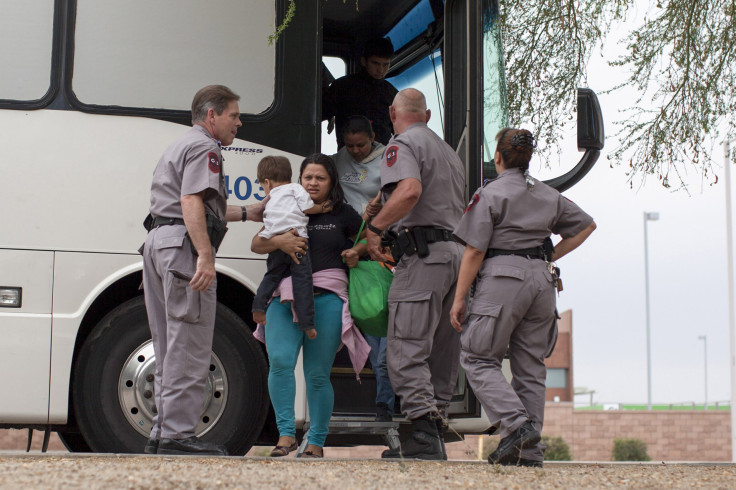
Since last fall, there has been a large influx of Central Americans in Mexico and the United States. More specifically, over 50,000 unaccompanied minors from South America (namely El Salvador, Guatemala and the Honduras) have been detained while attempting to illegally cross over to the United States.
In fact, according to the Pew Research Center, since last October, the U.S. Customs and Border Protection records taking into custody 47,017 unaccompanied children under the age of 18. The data is shocking considering that the first four months of 2014 have had more apprehensions than in the entire 2013 fiscal year, which had 24,493 apprehensions. Given the current rate, some estimates predict four times as many arrests this year than last year.
Described as an “urgent humanitarian situation” by President Obama, federal agencies are working to provide the apprehended children with food, medical treatment and mental health services. Government officials are reporting that most of the children hail from Mexico and Central America, and are coming to the United States to flee poor economies, violence, or to be reunited with their families.
Thus far, there has been much debate about how to treat the migrant individuals -- a vast majority of whom are children -- who are currently in the United States. But the United Nations has now stepped in, with officials suggesting that the displaced Central Americans receive asylum in the US and Mexico. According to the UN, "the U.S. and Mexico should recognize that this is a refugee situation, which implies that they shouldn't be automatically sent to their home countries but rather receive international protection."
"They are leaving for some reason. Let's not send them back in a mechanical way, but rather evaluate the reasons they left their country," Fernando Protti, regional representative for the U.N. refugee agency, told The Associated Press.
For those who think Mexican migrants and Central American migrants will be treated the same, think again! U.S. law allows Mexican child migrants to be sent across the border but Central American child migrants must get their day in court, in accordance with a law passed in 2008 hoping to fight child trafficking. "Because of a backlog, which is growing greatly with the recent influx, in essence a kid released tomorrow could stay in the U.S. for up to three years waiting for that date," shares NPR's Carrie Kahn. "And for most of these kids, that's three years with a long-lost relative or three years away from extreme poverty and violence."
© 2025 Latin Times. All rights reserved. Do not reproduce without permission.





